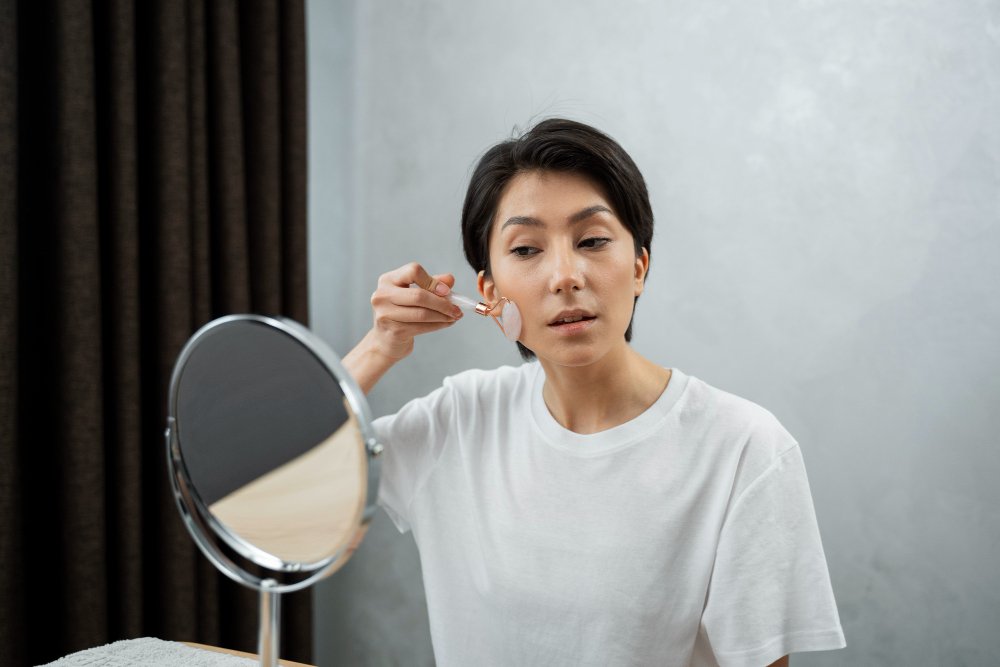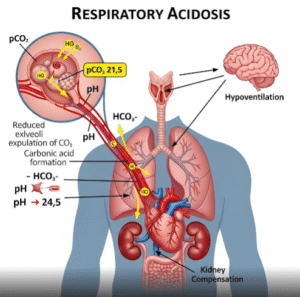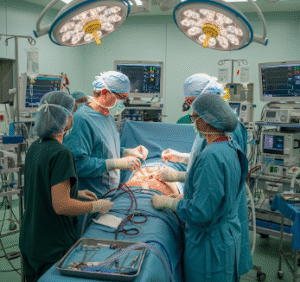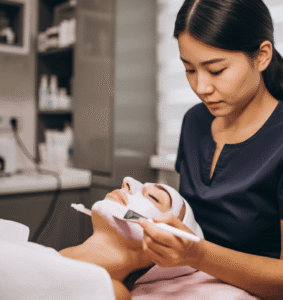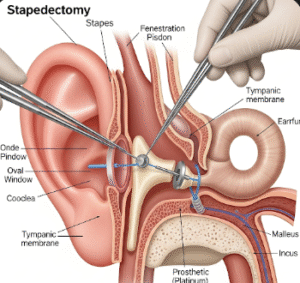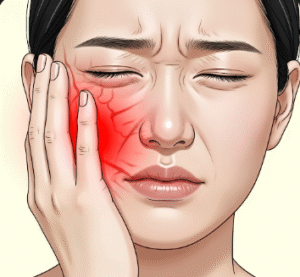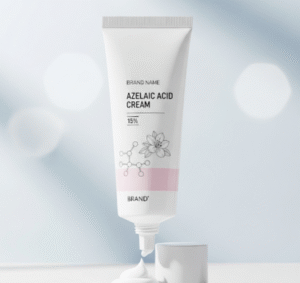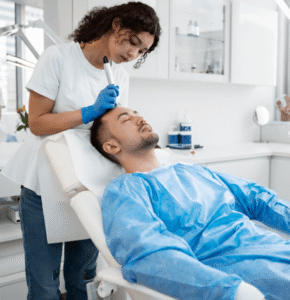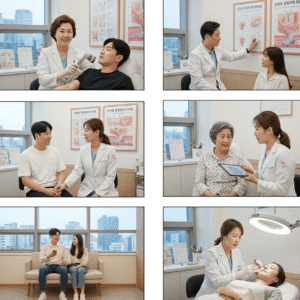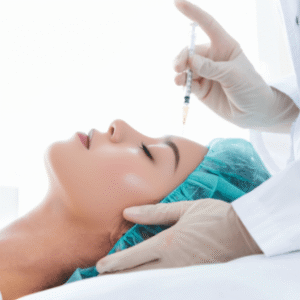What It Is
Pectus excavatum repair (cosmetic adjunct) refers to surgical and non-surgical procedures designed to improve the chest’s external appearance in patients with pectus excavatum, a condition where the breastbone (sternum) is sunken inward. While some patients undergo functional surgeries (like the Nuss or Ravitch procedure) to correct breathing or cardiac issues, others seek cosmetic adjunct procedures to enhance chest symmetry and contour without full corrective thoracic surgery.
In Korea, cosmetic adjunct treatments may include custom implants, fat grafting, muscle augmentation, or hybrid procedures to fill the depression and create a natural chest wall appearance. These techniques are often used in patients whose pectus deformity is mild or who have already had corrective surgery but remain dissatisfied with chest aesthetics.
Why It’s Done
Patients undergo cosmetic adjunct pectus excavatum repair because:
- They are self-conscious about a sunken chest appearance.
- They want to achieve a more masculine, symmetric, or athletic chest shape.
- They may not require or want invasive thoracic surgery if the condition is mild.
- They have undergone corrective surgery (e.g., Nuss procedure) but need cosmetic refinement.
Good candidates include:
- Patients with mild to moderate pectus excavatum without significant breathing or cardiac issues.
- Those who have already had medical corrective surgery but want cosmetic improvement.
- Individuals in good health seeking chest wall augmentation for symmetry and confidence.
Alternatives
- Nuss procedure or Ravitch surgery: Full corrective thoracic surgeries for functional cases.
- Muscle training: Chest-focused exercise can improve appearance but does not correct the depression.
- External vacuum bell therapy: Non-surgical option in young patients with mild deformity, but effects are limited.
- No treatment: For those not concerned about chest appearance.
Preparation
Before cosmetic adjunct pectus excavatum repair in Korea, patients will:
- Undergo physical evaluation and imaging (CT scan, 3D chest photography).
- Have custom surgical planning, including simulation of implant shape and fat grafting volume.
- Stop smoking and alcohol 2–4 weeks before surgery.
- Avoid blood-thinning medications and supplements.
How It’s Done
- Anesthesia: General anesthesia is commonly used.
- Techniques may include:
- Custom chest implants: Silicone or 3D-printed implants shaped to fill the depression.
- Fat grafting: Fat harvested from the abdomen or thighs, purified, and injected into the chest wall.
- Muscle flap augmentation: Using local muscle to cover the depression.
- Hybrid approach: Combining implants with fat grafting for natural contour.
- Duration: 1–3 hours, outpatient or short hospital stay.
Recovery
- First week: Swelling, soreness, and tightness in the chest.
- Return to activities: Most patients resume daily activities in 7–10 days, but strenuous exercise is avoided for 4–6 weeks.
- Final results: A smoother, fuller, and more balanced chest contour within 1–3 months.
Possible Complications
- Implant shifting or asymmetry.
- Fat resorption requiring touch-ups.
- Infection or delayed healing.
- Visible scarring (minimized with hidden incisions).
- Rare risks: hematoma or chronic pain.
Treatment Options in Korea
Diagnosis
Korean surgeons use CT scans, 3D chest modeling, and physical evaluation to determine whether cosmetic adjunct procedures alone are suitable or if functional surgery is needed.
Medical Treatments
- Muscle training and physiotherapy for mild chest depression.
- Fat grafting alone in selected cases for subtle correction.
Surgical or Advanced Therapies
- Custom silicone or 3D-printed implants for durable correction.
- Fat grafting for a natural look, often performed in multiple sessions.
- Hybrid techniques that combine implants with fat grafting for both projection and smoothness.
- Muscle augmentation or flap surgery in more complex deformities.
Rehabilitation and Support
- Compression garments to help shape the chest postoperatively.
- Scar management with silicone gels or fractional laser.
- Long-term follow-up to monitor implant position and chest contour.
- International patients benefit from Korea’s experience with chest wall aesthetics, access to custom implant technology, and comprehensive aftercare

